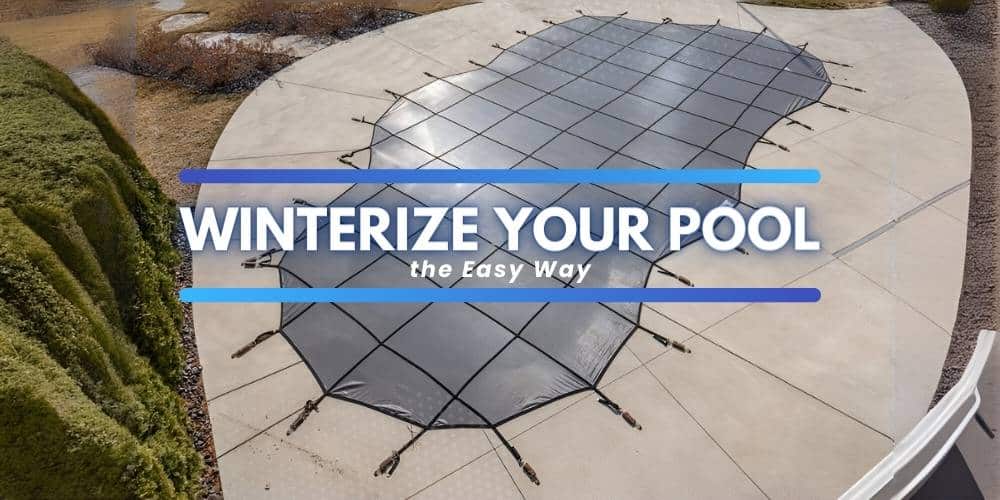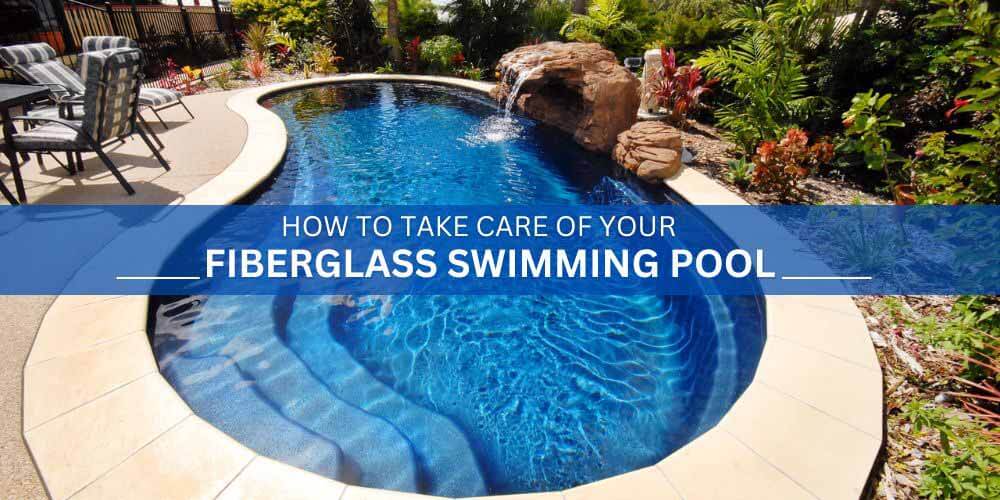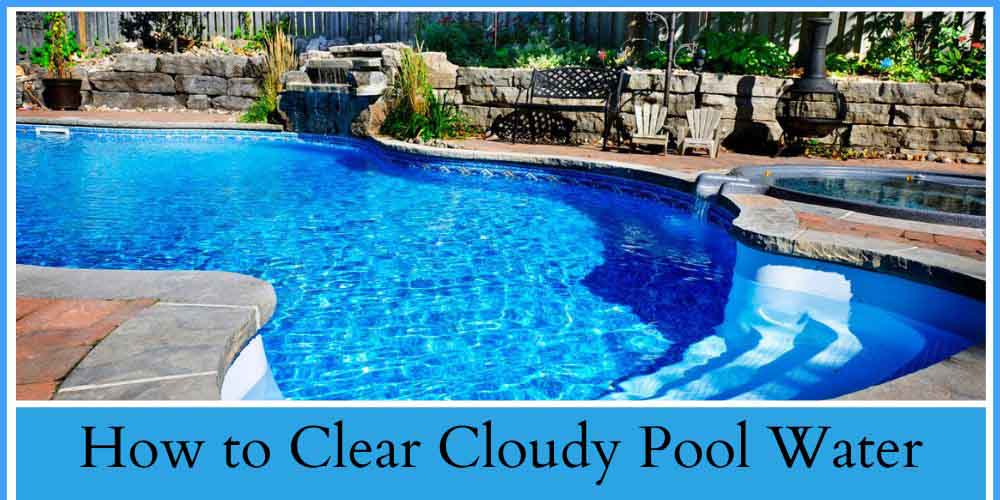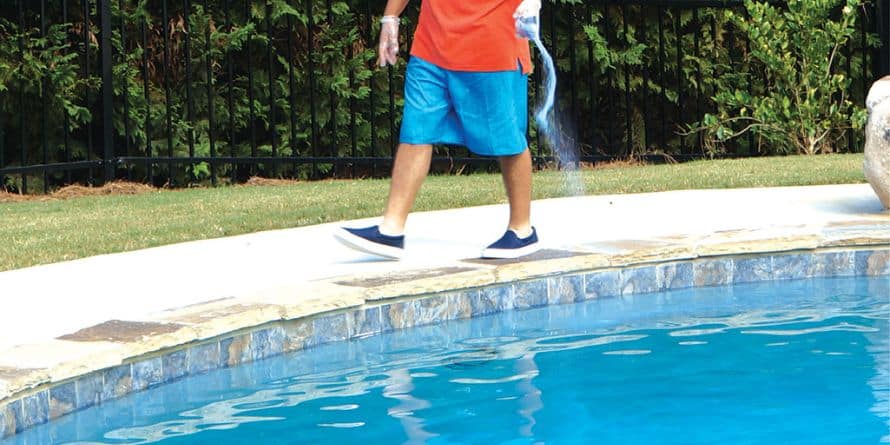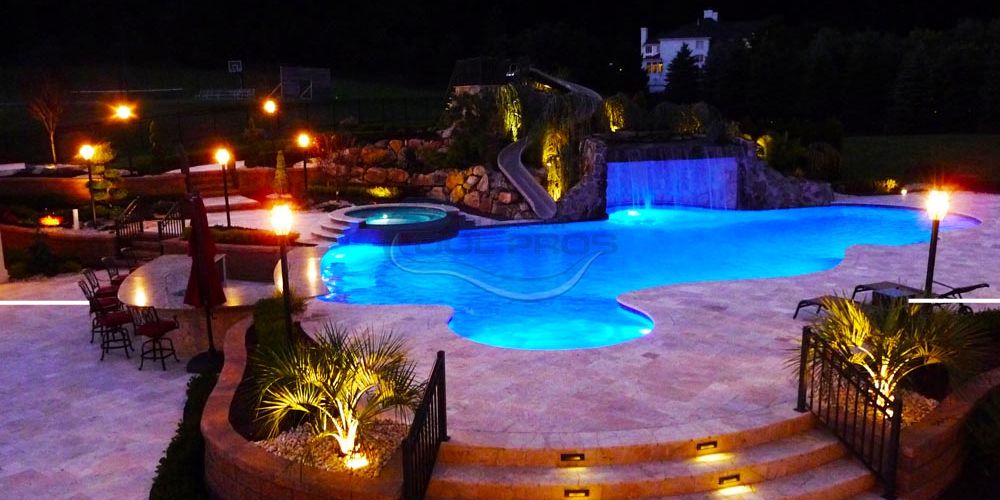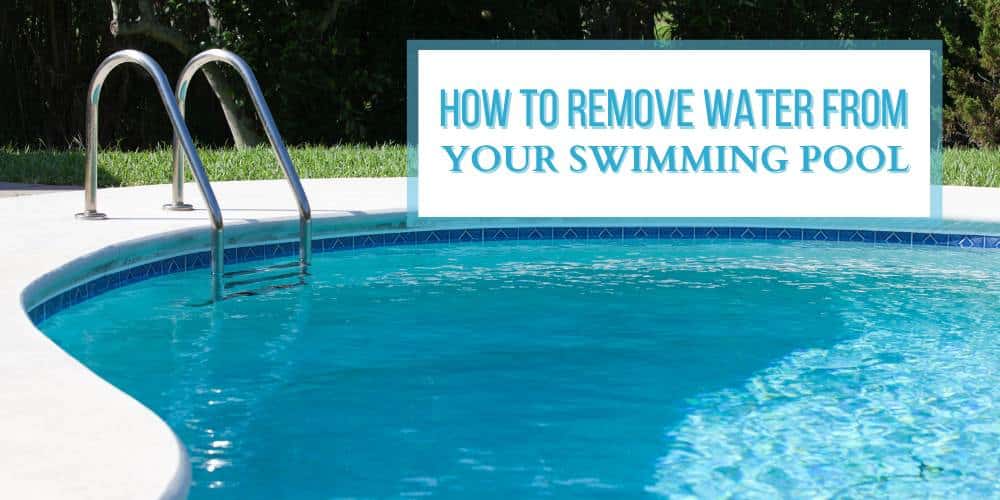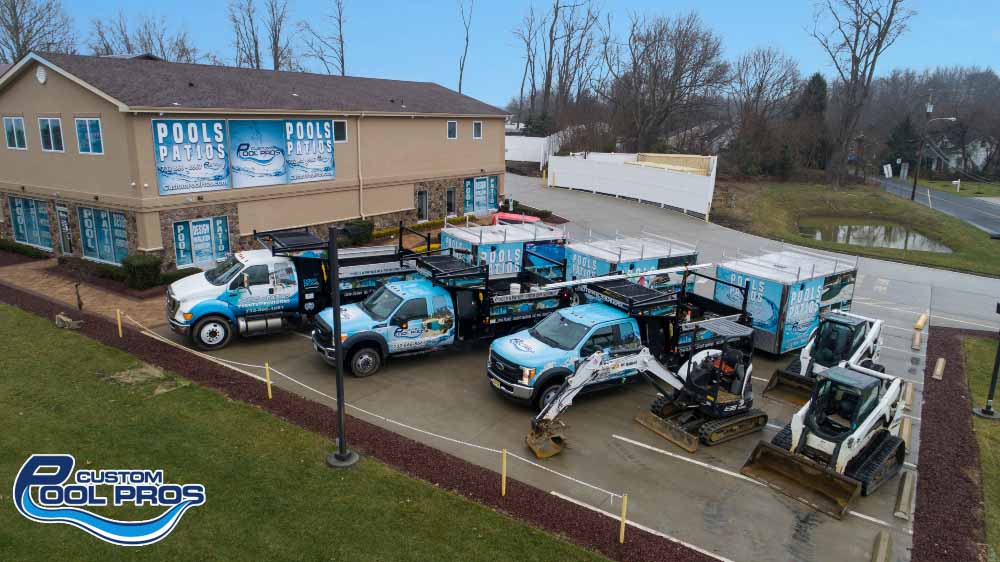To better understand the entire process of pool winterization, let’s start by defining it. Winterizing refers to the procedure for closing your swimming pool during the coldest period of the year. This process isn’t limited to just any type of inground pool cover. When it is done correctly, it can help protect the pool from cold temperatures and weather-related damage. Additionally, winterizing ensures that the pool remains free from dirt, debris, and contaminants, which saves you time and effort when you reopen it next year. The guide below provides valuable insights into how to approach this process.
When to Start Preparing Your Pool for Winter
Interestingly enough, pool winterization can be done too early. Sometimes, even when temperatures appear to be dropping, it’s advisable to wait until they reach 60-65°F before taking this action. Following this rule helps minimize the likelihood of algal growth. However, it’s important not to wait too long, as freezing temperatures can damage the pool equipment.
Easy Steps to Winterize Your Pool and Keep It Cozy
Before starting the pool maintenance process, ensure the pool area is clean. To do this, gather all swimming pool accessories in baskets, ladders, and floats and put them aside. You may also include any other nonessential accessories. Before storing, thoroughly wash and dry to prepare for future use.
Deep Clean The Pool
With the accessories in hand, it’s time to clean the pool. Remove silt, leaves, and other debris. Use skimming nets to clear debris from the surface and vacuum underwater. Finish the process by brushing the pool’s walls and floor. Here’s a pro tip: keep the pool covered to maintain cleanliness and prevent the need for repeated cleaning.
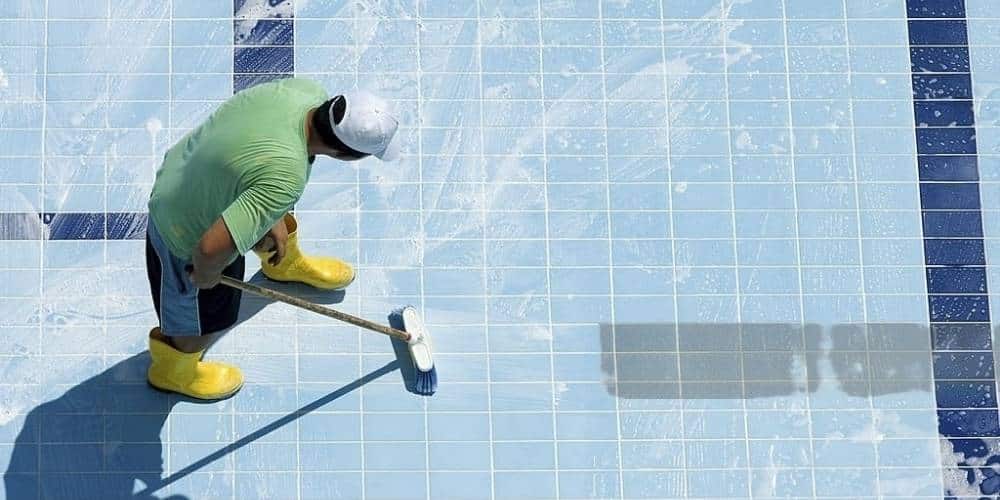
Adjust the Water Chemistry
As part of the winterization process, one essential step is balancing the pool water. This helps prevent intensive maintenance when reopening the pool. Ensure you have a reliable test kit that includes pH tests, tests for calcium hardness, and water alkalinity. Some test kits may even include test strips, making them perfect for those new to water balance.
Lower the Water Level
Now, this step might be necessary for some situations, while others can skip it. If you don’t own an inground pool cover, and the outside temperature during winter can drop low enough to freeze the water, lowering the pool’s water level before closing should be a standard procedure. As a rule, if a mesh cover is, used the water should be a foot below it, while for solid ones, it should be half a foot below. Regardless of the case, this process takes a day or two, so plan accordingly.
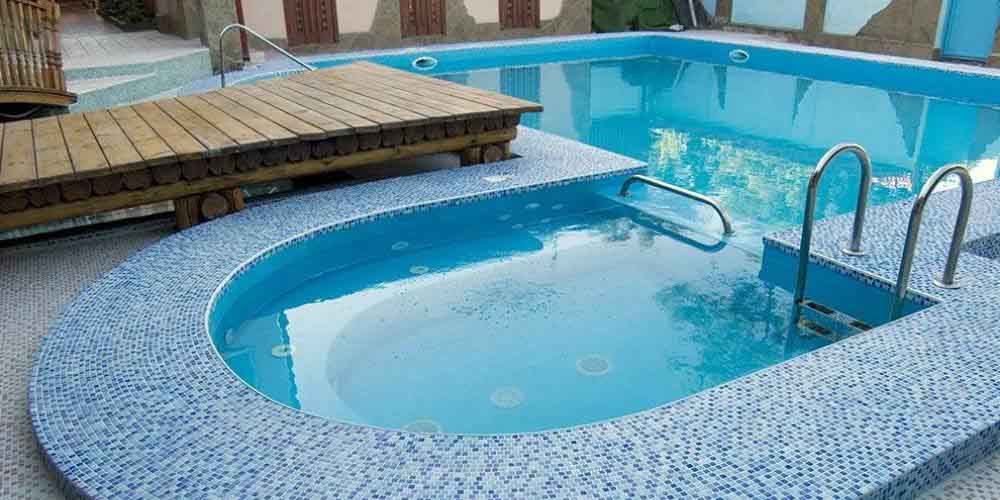
Drain and Store the Equipment
The same should be done with critical pool equipment as with all non-essential pool equipment. As the water expands when temperatures fall below freezing, you want all the equipment to be water-free. A blower can be highly beneficial for removing water from the pool lines. After that, proceed to plug them in with expansion plugs. A good extra step is to add pool antifreeze. Don’t forget to clean the filters and, if possible, store them indoors with the pump.
Add Shock and Algaecide
While all the cleaning is beneficial, adding some chemicals to assist in the process can be highly effective. To combat bacteria and algae growth, algaecide and pool shock will be lifesavers for your pool. It is crucial to check the instructions for the items in the pool before putting them and covering them. Pay attention to the compatibility of products and keep the pool pump running for a few hours after adding a product.
Cover The Pool
With all those actions completed, it’s time to cover the swimming pool. You can choose between two types of inground pool covers:
1. Safety Covers: It must be anchored down, as it will be your best winter pool cover against debris, animals, or people falling in.
2. Winter Covers: Winter cover offers less protection, and there’s no need to secure it. Regardless of your decision, choose a tight-fitting cover with no holes or tears.
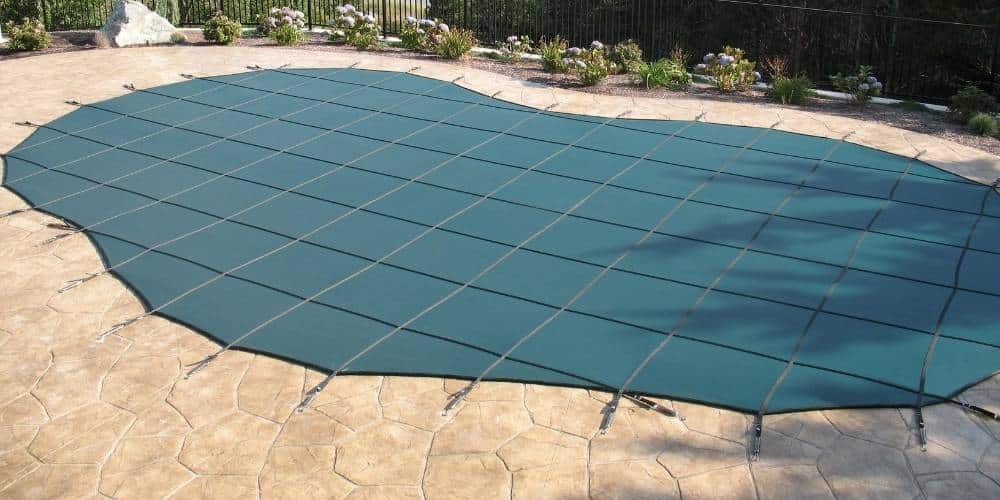
Conclusion
Winterizing your pool is a critical and time-consuming process that requires careful attention to detail. Each step, including thorough cleaning, proper drying, and debris removal, requires careful execution. Giving the chemicals adequate time is essential to effectively preventing the growth of algae and bacteria. By adhering to this rigorous water treatment, your pool will be fully prepared for the upcoming season, ensuring the protection of your investment. By correctly following these steps, you can rest assured that your pool is secure and ready for use when the time is right. Custom Pool Pros commitment to a straightforward winterization process not only shields your pool from the elements but also guards against costly damage, affording you peace of mind and the anticipation of a hassle-free reopening come warmer days.



